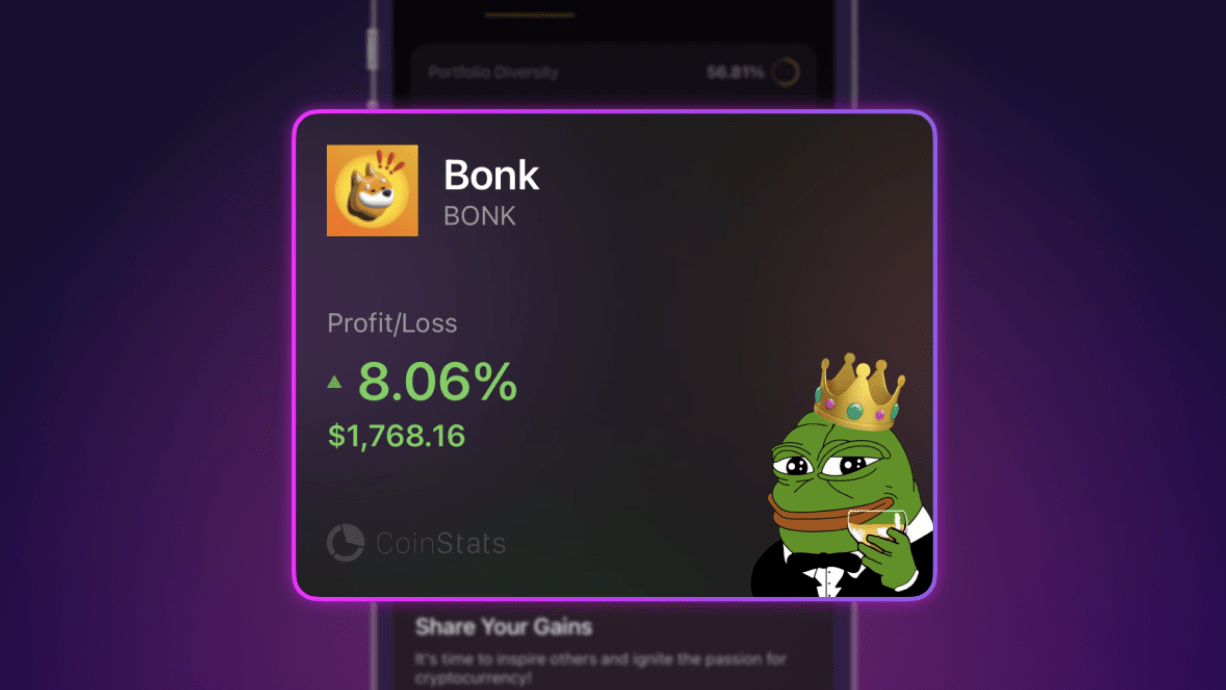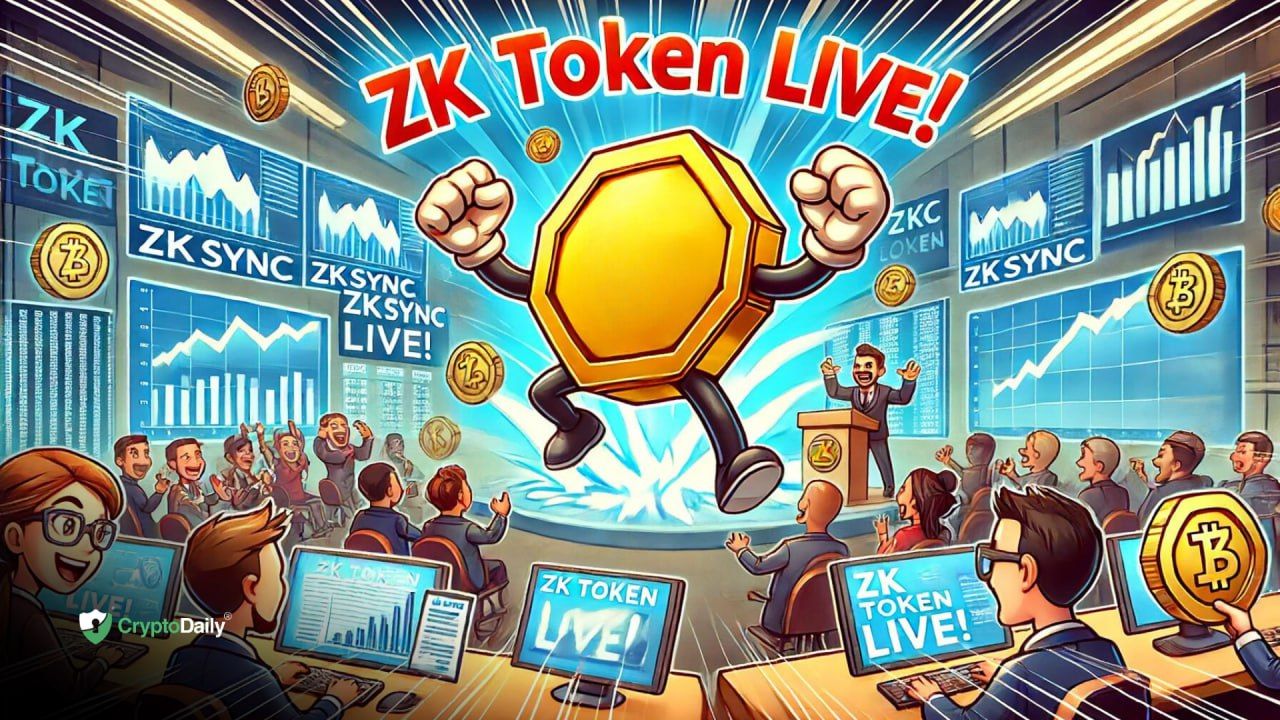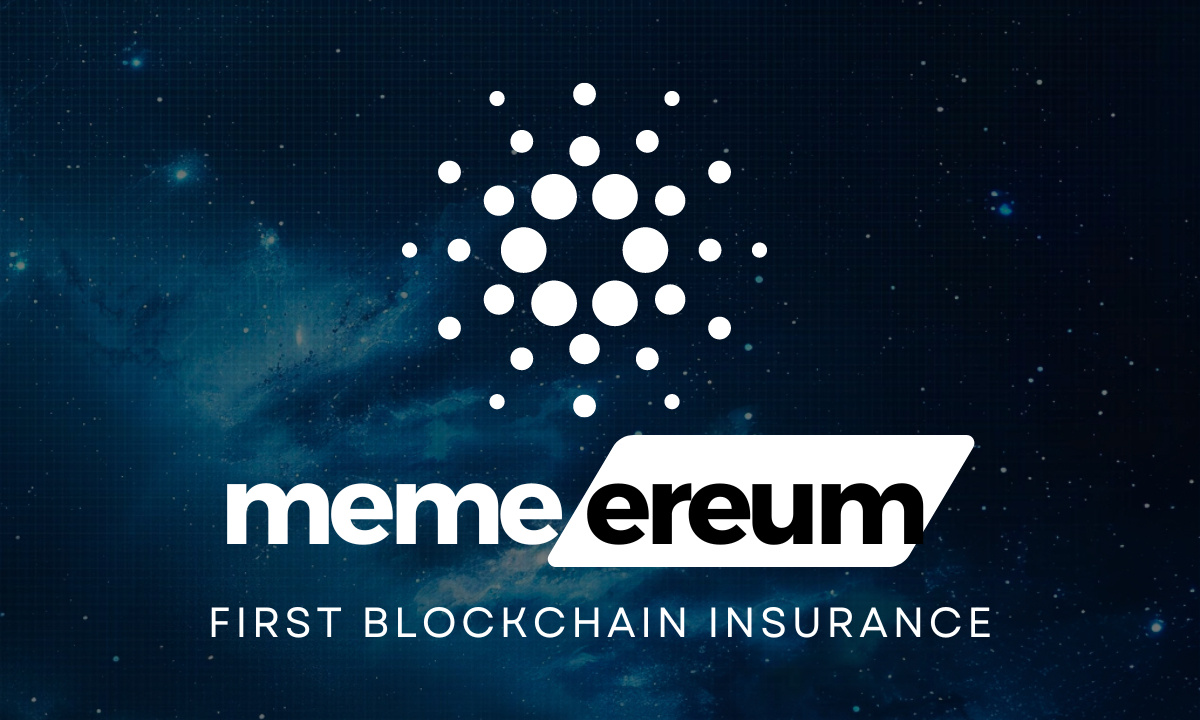Table of Contents
- What Is Polkadot
- What Is Ethereum
- Blockchains With Different Goals
- Polkadot And Ethereum Scalability
- The Future
Polkadot and Ethereum are blockchains that fulfill different roles and have emerged as industry leaders, gaining significant attention and traction.
Polkadot is a heterogeneous multi-chain protocol capable of hosting multiple layer1 blockchains, allowing them to partake in shared security. On the other hand, Ethereum is a general-purpose blockchain that hosts the Ethereum Virtual Machine (EVM).
What Is Polkadot
Polkadot is a unique platform that allows different blockchains to work together through a novel feature called parachains. The primary goal of the Polkadot platform is to facilitate communication and the sharing of resources in a secure environment. The protocol is arguably one of the most successful projects working to improve the technology powering decentralized applications (dApps).
Polkadot removes the barriers between different blockchain ecosystems, enabling communication between networks without intermediaries. It is often called the network of networks because it allows even blockchains with vastly different blockchain architectures to interact with one another. The network achieves this through the use of parachains, specialized blockchains with their own functionality and tokens. Polkadot uses a variation of the Proof-of-Stake consensus mechanism called Nominated Proof-of-Stake.
Peter Czaban and Ethereum co-founder Gavin Wood founded the protocol. The whitepaper was published in 2016. Wood and Czaban also launched the Web3 Foundation in 2017, which then raised $145 million to develop Polkadot through the sale of DOT tokens.
What Is Ethereum
Ethereum can be described as a decentralized global software platform powered by blockchain technology. It is known for its use in blockchain technology and developing decentralized finance (DeFi) applications. The protocol’s native token, ETH, is hugely popular among investors and is the second-largest cryptocurrency in the market. Ethereum is designed to be scalable, programmable, secure, and decentralized, allowing developers to create any secured digital technology.
Ethereum was conceived by Vitalik Buterin, who published its whitepaper in 2014. The platform was launched in 2015. Since its launch, the protocol has experienced several notable events and upgrades. These include the attack on the DAO, which led to a historic hard fork. Ethereum also completed its transition to Proof-of-Stake in 2022 and saw the introduction of proto-danksharding through the Dencun upgrade in 2024.
Blockchains With Different Goals
Ethereum and Polkadot have very different goals. Ethereum is a general-purpose blockchain. It does not specialize or is optimized for any particular application or protocol. Instead, it facilitates the creation and execution of smart contracts via the Ethereum Virtual Machine. When it comes to scalability, Ethereum uses rollups and secondary protocols that use Ethereum as a settlement layer.
On the other hand, Polkadot functions as a multi-chain protocol, providing shared security and interoperability for its parachains. Each parachain specializes in a specific manner and is highly optimized to achieve its goal. All Polkadot parachains are bound by the Parachains Protocol. While Polkadot does not directly run a virtual machine for smart contracts, several parachains provide smart contract functionality. In fact, some Polkadot parachains can even use an EVM to execute smart contracts written in Solidity using Frontier.
Polkadot And Ethereum Scalability
As discussed earlier, Ethereum has adopted a rollup-centric approach for scaling. The Dencun upgrade has introduced proto-danksharding to help facilitate and accommodate rollup activity by providing better utilities. Proto-danksharding will allow far more space to be utilized in each block. Blobs of data can be verified for a short time before they are removed from the network. Such an approach would ensure data availability at Layer1, enabling Layer2 protocols to thrive.
Meanwhile, Polkadot parachains must register and comply with the guidelines in the Parachains Protocol. Once they are registered, Polkadot validates the state transitions of each parachain in accordance with the parachain validation function (PVF). Data availability is crucial to validating the parachain state, enabling parallelized interactions between parachains.
While Ethereum primarily focuses on optimizing itself for rollups, parachains on Polkadot enable validation at the protocol level without needing a Layer2 solution.
The Future
Both Polkadot and Ethereum have significant potential and bring new ideas to the blockchain ecosystem. Polkadot’s unique architecture allows it to connect with different blockchains and handle a high level of transactions. Ethereum, already a top choice among developers, has improved itself further with the Dencun upgrade and the introduction of proto-danksharding, which has helped address glaring shortcomings.
In the end, Polkadot and Ethereum are important blockchain platforms with different strengths and goals.
Disclaimer: This article is provided for informational purposes only. It is not offered or intended to be used as legal, tax, investment, financial, or other advice.
Investment Disclaimer










